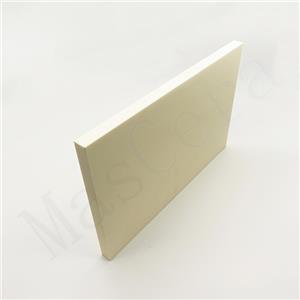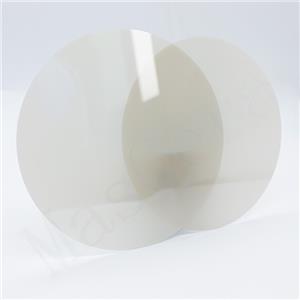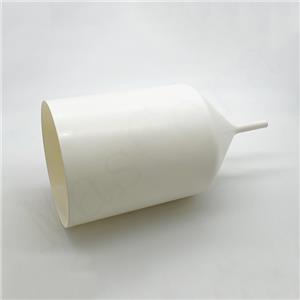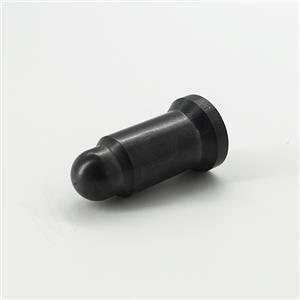Blog
-
Advantages of Alumina Fasteners Over Traditional Metals
Alumina ceramic, composed primarily of aluminum oxide (Al₂O₃), boasts a range of unique properties that make it stand out across various applications. The high hardness, excellent wear resistance, high-temperature stability, and strong corrosion resistance of alumina ceramic make it an ideal material for manufacturing alumina fasteners (such as alumina ceramic screws and nuts).
12-09-2024 -
Application of Alumina Ceramic End Effectors in the Semiconductor Industry
Due to the sensitivity of silicon wafers to contamination, wafer processing is typically done in a vacuum. Most materials for robotic arms are unsuitable in this environment. Alumina ceramic, with its high resistance to heat, wear, and hardness, is ideal for manufacturing robotic arms in semiconductor equipment.
11-09-2024 -
Applications of Alumina Ceramic Crucibles
Alumina ceramic crucibles are advanced ceramic materials widely used in high-temperature environments due to their high melting point, high hardness, excellent chemical stability, and outstanding corrosion resistance. They are extensively applied in various industrial and scientific fields.
10-09-2024 -
Advantages and Applications of Magnesium-Stabilized Zirconia Ceramics
With its high toughness, thermal stability, corrosion resistance, and strength, magnesium-stabilized zirconia ceramics exhibit enormous potential in modern technology. Its wide range of applications in aerospace, energy, medical devices, and electronics offers promising prospects for the future, paving the way for new innovations and developments.
09-09-2024 -
Advantages of Alumina Ceramic Tubes Compared to Metal Tubes
Ceramic tubes have a wide range of applications and can be used in various fields, such as connecting two objects through a conduit. So, what are the significant advantages of alumina ceramic tubes compared to metal tubes?
08-09-2024 -
Introduction to Macor Ceramics
Macor ceramic, fully known as "Machinable Ceramic," is a type of machinable glass ceramic. This unique engineering material is widely used in aerospace, semiconductor, laboratory equipment, and other high-tech fields due to its excellent machinability, thermal stability, and electrical insulation properties.
07-09-2024 -
Advantages and Applications of Silicon Nitride Thermocouple Protection Tubes
The integration of silicon nitride protection tubes with thermocouples is a perfect example of combining technology with industrial applications. This integration not only enhances the accuracy and stability of temperature measurement but also extends the lifespan of thermocouples, providing robust support for various industrial applications.
06-09-2024 -
Common Colors and Properties of Zirconia Ceramics
Common colors of zirconia ceramics include white, black, pink, and blue. These colors correspond to different chemical compositions and crystal structures, leading to variations in their properties.
18-07-2024 -
Introduction to Alumina Thermocouple Protection Tubes
Alumina thermocouple protection tubes are ceramic tubes used to protect thermocouples. They have characteristics such as high-temperature resistance, corrosion resistance, wear resistance, low thermal conductivity, high strength, and light weight, making them an ideal material for thermocouple protection.
13-07-2024 -
Introduction to Common Thermocouple Protection Tubes
In industrial production, thermocouples are commonly used temperature measurement elements, and the choice of protection tubes significantly impacts the accuracy and stability of temperature measurements. Common materials for thermocouple protection tubes include stainless steel, high-temperature alumina ceramic, and high-temperature silicon nitride ceramic.
12-07-2024




